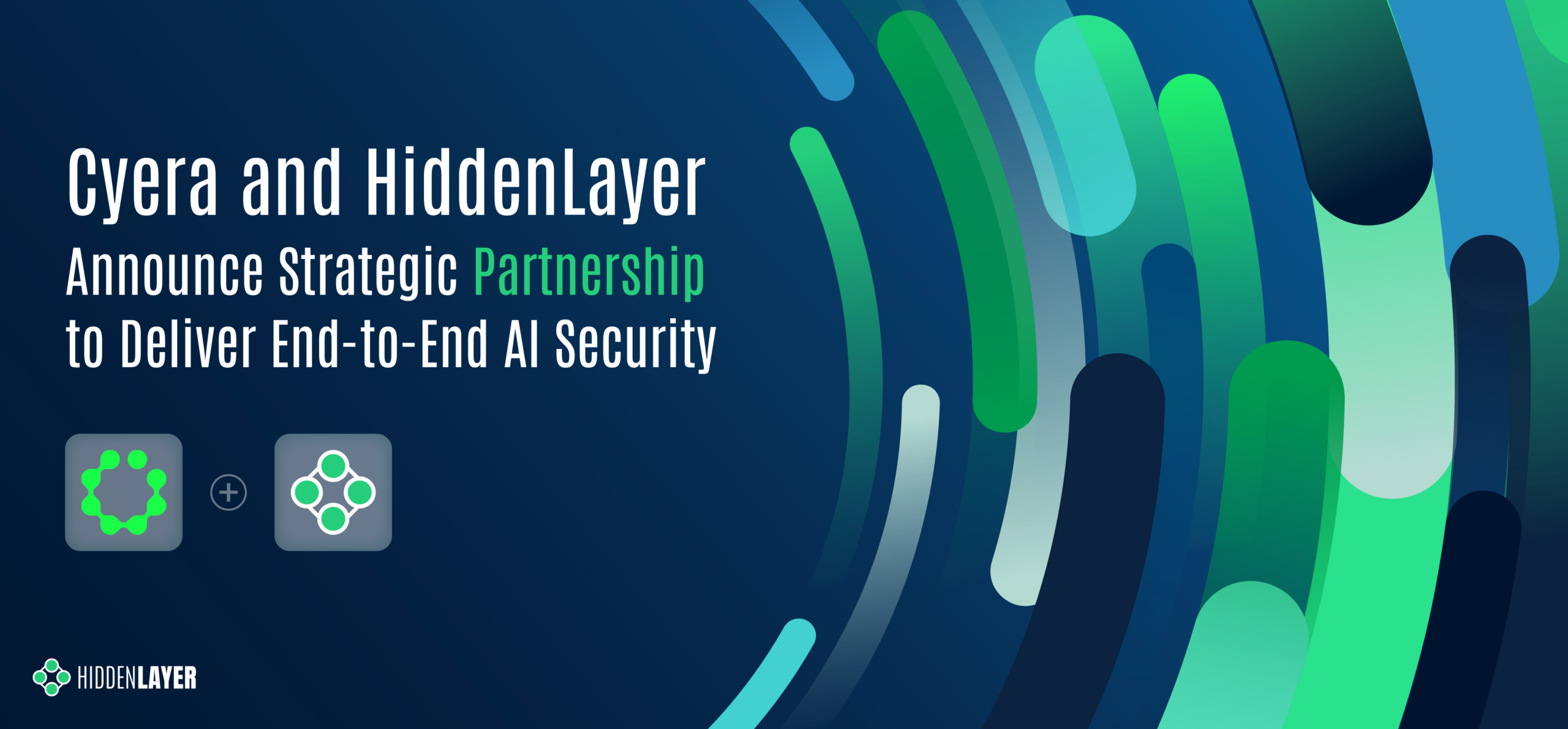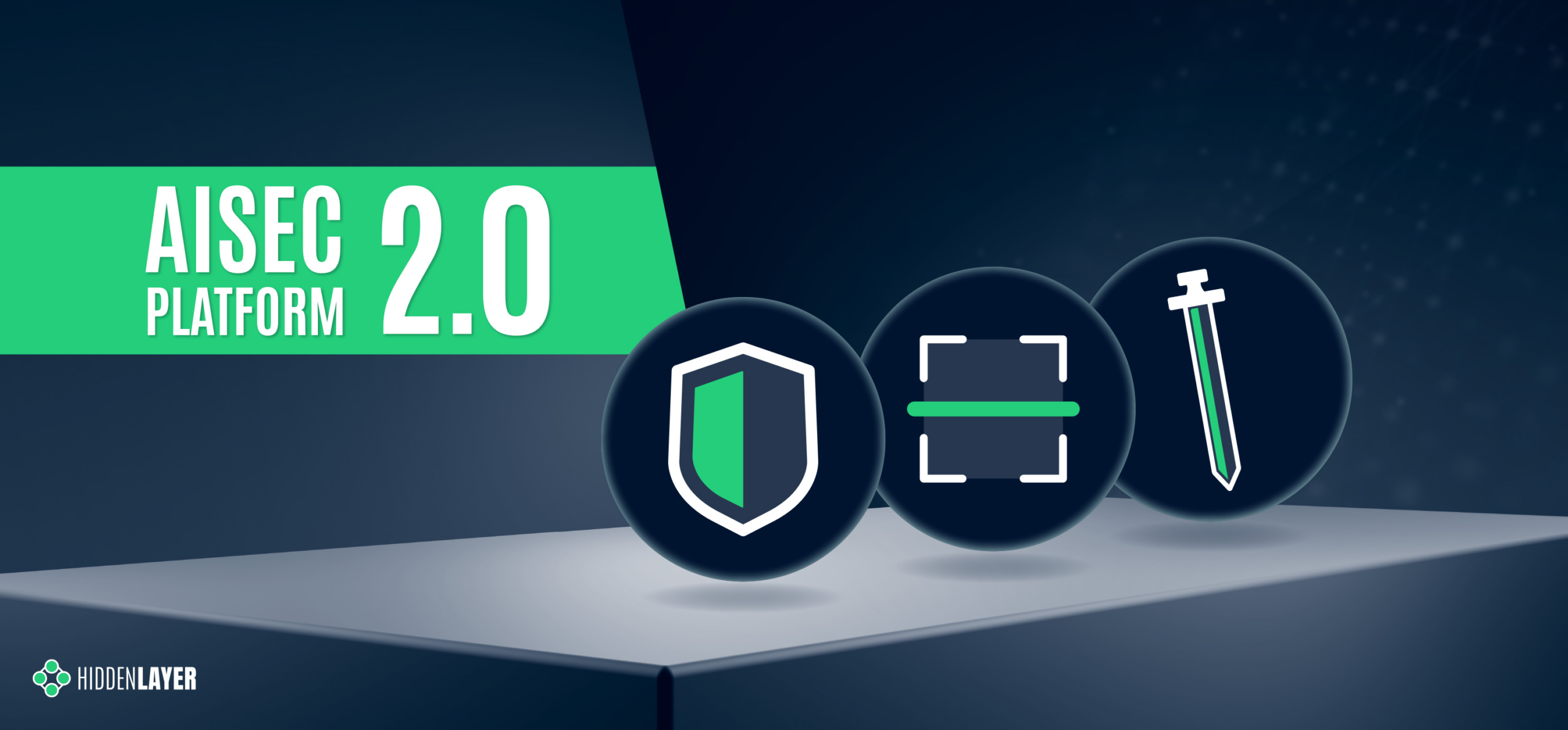Introduction
The rise of generative AI has unlocked new possibilities across industries, and among the most promising developments is the emergence of agentic AI. Unlike traditional AI systems that respond to isolated prompts, agentic AI systems can plan, reason, and take autonomous action to achieve complex goals.
In a recent webinar poll conducted by Gartner in January 2025, 64% of respondents indicated that they plan to pursue agentic AI initiatives within the next year. But what exactly is agentic AI? How does it work? And what should organizations consider when deploying these systems, especially from a security standpoint?
As the term agentic AI becomes more widely used, it’s important to distinguish between two emerging categories of agents. On one side, there are “computer use” agents, such as OpenAI’s Operator or Claude’s Computer Use, designed to navigate desktop environments like a human, using interfaces like keyboards and screen inputs. These systems often mimic human behavior to complete general-purpose tasks and may introduce new risks from indirect prompt injections or as a form of shadow AI. On the other side are business logic or application-specific agents, such as Copilot agents or n8n flows, which are built to interact with predefined APIs or systems under enterprise governance. This blog primarily focuses on the second category: enterprise-integrated agentic systems, where security and oversight are essential to safe deployment.
This beginner’s guide breaks down the foundational concepts behind agentic AI and provides practical advice for safe and secure adoption.
What Is Agentic AI?
Agentic AI refers to artificial intelligence systems that demonstrate agency — the ability to autonomously pursue goals by making decisions, executing actions, and adapting based on feedback. These systems extend the capabilities of large language models (LLMs) by adding memory, tool access, and task management, allowing them to operate more like intelligent agents than simple chatbots.
Essentially, agentic AI is about transforming LLMs into AI agents that can proactively solve problems, take initiative, and interact with their environment.
Key Capabilities of Agentic AI Systems:
- Autonomy: Operate independently without constant human input.
- Goal Orientation: Pursue high-level objectives through multiple steps.
- Tool Use: Invoke APIs, search engines, file systems, and even other models.
- Memory and Reflection: Retain and use information from past interactions to improve performance.
These core features enable agentic systems to execute complex, multi-step tasks across time, which is a major advancement in the evolution of AI.
How Does Agentic AI Work?
Most agentic AI systems are built on top of LLMs like GPT, Claude, or Gemini, using orchestration frameworks such as LangChain, AutoGen, or OpenAI’s Agents SDK. These frameworks enable developers to:
- Define tasks and goals
- Integrate external tools (e.g., databases, search, code interpreters)
- Store and manage memory
- Create feedback loops for iterative reasoning (plan → act → evaluate → repeat)
For example, consider an AI agent tasked with planning a vacation. Instead of simply answering “Where should I go in April?”, an agentic system might:
- Research destinations with favorable weather
- Check flight and hotel availability
- Compare options based on budget and preferences
- Build a full itinerary
- Offer to book the trip for you
This step-by-step reasoning and execution illustrates the agent’s ability to handle complex objectives with minimal oversight while utilizing various tools.
Real-World Use Cases of Agentic AI
Agentic AI is being adopted across sectors to streamline operations, enhance decision-making, and reduce manual overhead:
- Finance: AI agents generate real-time reports, detect fraud, and support compliance reviews.
- Cybersecurity: Agentic systems help triage threats, monitor activity, and flag anomalies.
- Customer Service: Virtual agents resolve multi-step tickets autonomously, improving response times.
- Healthcare: AI agents assist with literature reviews and decision support in diagnostics.
- DevOps: Code review bots and system monitoring agents help reduce downtime and catch bugs earlier.
The ability to chain tasks and interact with tools makes agentic AI highly adaptable across industries.
The Security Risks of Agentic AI
With greater autonomy comes a larger attack surface. According to a recent Gartner study, over 50% of successful cybersecurity attacks against AI agents will exploit access control issues in the coming year, using direct or indirect prompt injection as an attack vector. This being said, agentic AI systems introduce unique risks that organizations must address early:
- Prompt Injection: Malicious inputs can hijack the agent’s instructions or logic.
- Tool Misuse: Unrestricted access to external tools may result in unintended or harmful actions.
- Memory Poisoning: False or manipulated data stored in memory can influence future decisions.
- Goal Misalignment: Poorly defined goals can lead agents to optimize for unsafe or undesirable outcomes.
As these intelligent agents grow in complexity and capability, their security must evolve just as quickly.
Best Practices for Building Secure Agentic AI
Getting started with agentic AI doesn’t have to be risky. If you implement foundational safeguards. Here are five essential best practices:
- Start Simple: Limit the agent’s scope by restricting tasks, tools, and memory to reduce complexity.
- Implement Guardrails: Define strict constraints on the agent’s tool access and behavior. For example, HiddenLayers AIDR can provide this capability today by identifying and responding to tool usage.
- Log Everything: Record all actions and decisions for observability, auditing, and debugging.
- Validate Inputs and Outputs: Regularly verify that the agent is functioning as intended.
- Red Team Your Agents: Simulate adversarial attacks to uncover vulnerabilities and improve resilience.
By embedding security at the foundation, you’ll be better prepared to scale agentic AI safely and responsibly.
Final Thoughts
Agentic AI marks a major step forward in artificial intelligence’s capabilities, bringing us closer to systems that can reason, act, and adapt like human collaborators. But these advancements come with real-world risks that demand attention.
Whether you’re building your first AI agent or integrating agentic AI into your enterprise architecture, it’s critical to balance innovation with holistic security practices.
At HiddenLayer, the future of agentic AI can be both powerful and protected. If you’re looking to explore how you can secure your agentic AI adoption, contact our team to book a demo.




